Progress | Research Progress of Undaveling Extreme Lithium Metal Battery
Author:Institute of Physics of the Ch Time:2022.06.25
At present, traditional lithium batteries based on lithium -ion insertion chemistry have no demand for the energy density of lithium batteries in various emerging fields. Lithium metal batteries (LMB), known for high -energy density, have attracted the attention of the next -generation advanced energy storage technology with promising prospects. Among them, no negative pole lithium metal batteries (AF-LMB) saves the use of initial negative active materials. It is an ideal high-energy density system while reducing battery energy density to the limit. However, the protection of the stable host material or the compensation of the excessive active lithium on the negative pole side, the irreversible loss of the lithium resources caused by the "dead lithium" and the side reaction between the electrolyte and the metal lithium during the cycle It is reflected in the loss of battery capacity. Therefore, the cycle of the lithium -free metal battery faces a large challenge. In order to alleviate the above problems, the Institute of Physics of the Institute of Physics of the Chinese Academy of Sciences/Beijing Concrete Categorian Physics National Research Center HE-E01, the Beijing Clean Energy Frontier Research Center, Researcher Suizheng Researchers, proposed a series of comprehensive solutions in the early stage of work: Including the application of a new type of lithium-enrichment layer-like positive electrode 正 [nicomn] O (Lincm811) to AF-LMB to enhance the battery life, while avoiding the loss of battery energy density caused by lithium foil abuse (. 2021, 60, 8289 –8296.); And apply a functional fluid to the AF-LMB negative side to promote the efficient utilization of metal lithium, thereby increasing the battery life (. 2021, 11, 2003709.). These two schemes optimize AF-LMB from positive and negative electrodes, which are a complex solution that complement each other, combined with the use of the cycle life of AF-LMB under high energy density.
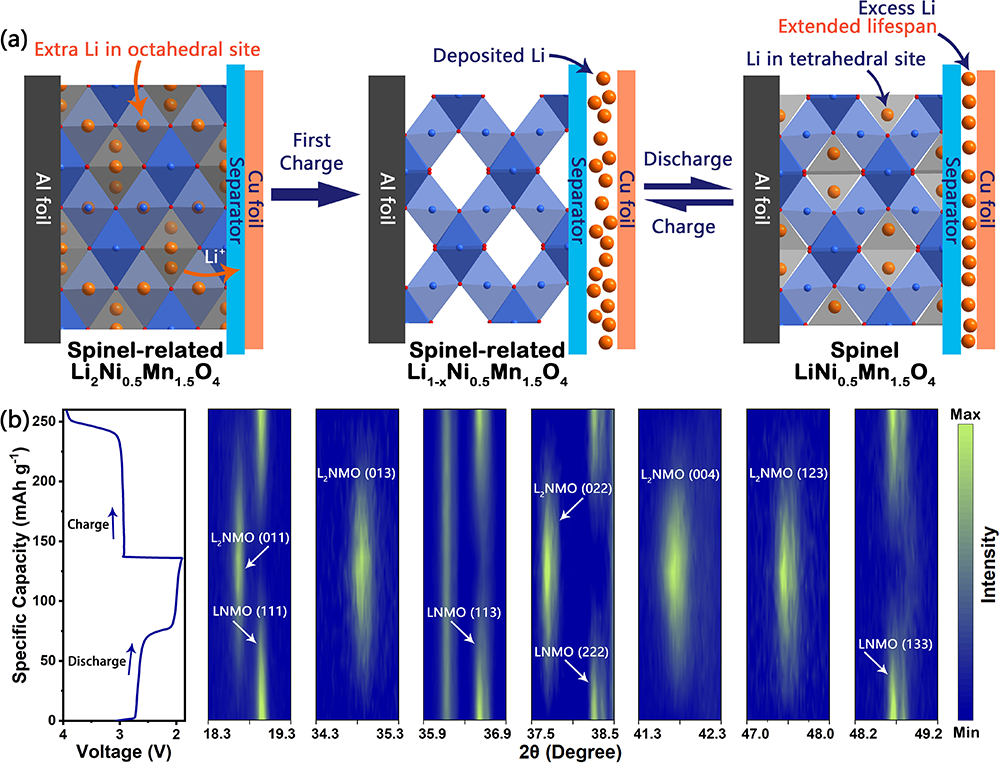
Figure 1. (A) The working principle of LNMO in AF-LMB. (B) Reverse phase changes between LNMO and LNMO.
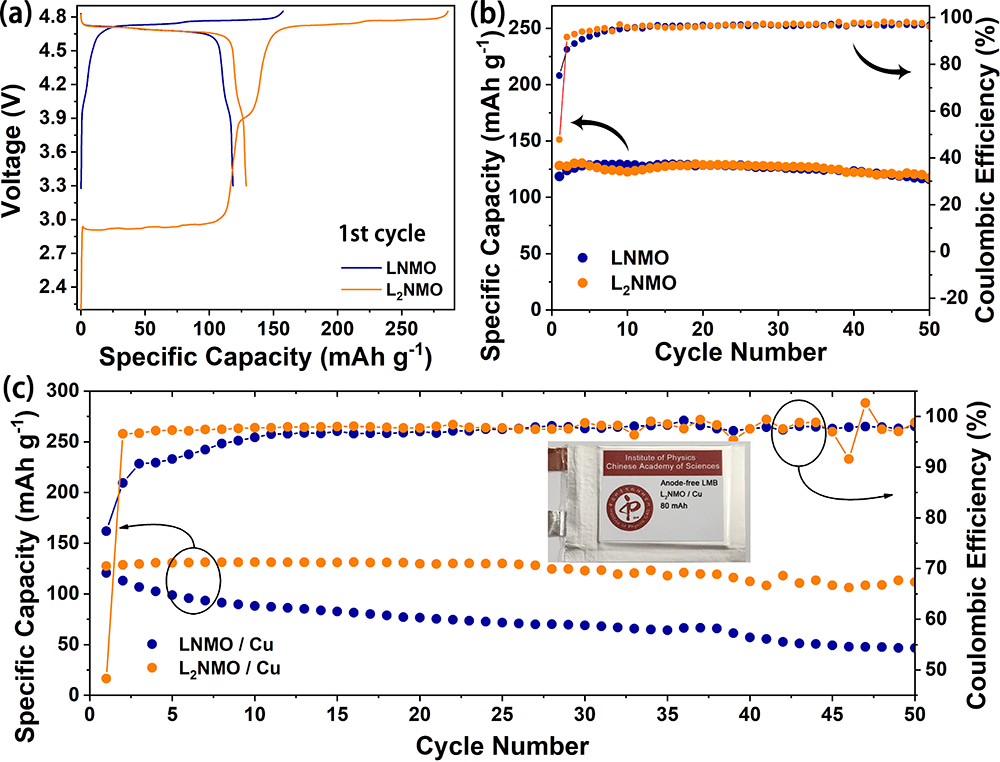
Figure 2. (A, B) Comparison of electrochemical performance before and after pre -lithium. (C) The application of LNMO in the entire battery.
Recently, the post -doctoral Lin Liangdong of the group expanded the above plan under the guidance of Researcher Suo Zhimin. First of all, the cobalt-free lithium-rich spine-peelery orthopedic li₂ni₀.₅mn₁.₅o₄ (L₂nmo) is applied to AF-LMB to extend the cycle life. Due to the problem of cobalt resources, researchers began to focus on the new type of cobalt -free energy storage system. After comprehensive consideration, the price and energy density, the AF-LMB of the high-pressure spine-spikes lini₀.₅mn₁.₅o₄ (LNMO) is an ideal candidate, which can be applied in many areas of price sensitivity. However, it is also facing severe challenges in cycle. The use of lithium Lmnmo instead of LNMO positive electrodes can be applied to AF-LMB, which can significantly increase the cycle life of the battery while avoiding many problems brought by the use of metal lithium foil. Figure 1A shows the working principle of L示nmo in AF-LMB. At the first charging, the additional lithium ion in the lithium L 充nmo can be released to compensate for the lithium loss in the subsequent cycle, and then the ordinary LNMO continues to participate in the battery cycle. Compared with the introduction of excess lithium foil to increase battery life, the use of lithium L₂nmo will not have a significant negative effect on the energy density of the battery. Original XRD verified the reverse conversion between L₂nmo and LNMO (Figure 1B). Even if the lithium is added by doubled, the cycle stability of the material will not be affected (Figure 2A, B). Applying L 于nmo to AF-LMB, the capacity maintenance rate of the battery is significantly higher than the battery (Figure 2C) using ordinary LNMO. In addition to the cost advantage, spinel LNMO positive poles can introduce more active lithium compared to layer NCM811 positive poles. In practical applications, the proportion of rich lithium in layers should not exceed 35%. Otherwise, due to the huge volume response, the secondary particles of the positive pole itself are difficult to continue to maintain, resulting in the damage of the electrode structure and the rapid decay of the positive album. The proportion of the rich lithium in the tsubragal pole can easily reach 100%, and does not affect the cycle stability of the positive electrode material. As long as it is adapted to the appropriate high-electric electrolytic fluid, the AF-LMB of L₂nmo, which is rich in lithium spine, can theoretically have a longer cycle life. The work is published in Energy Storage Mater, entitled "Spinel-Related Li₂ni₀.₅.₅.₅o₄ Cathode for 5-V Anode-Free Lithium MetHium MetHium MetHium MetHium MetHium MetHium MetHium MetHium MetHium MetHium MetHium MetHium MetHium Mettal Batteries. 036).
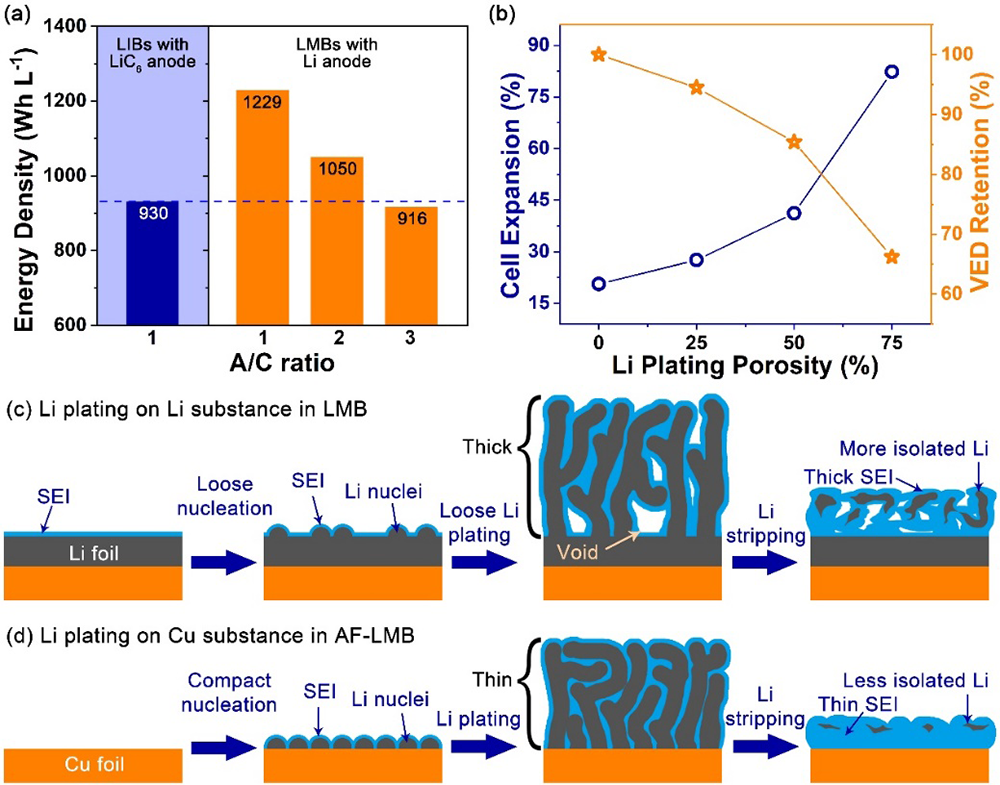
Figure 3. The extent of lithium negative electrode and the effect of lithium sediment pore rate on the volume energy density of lithium metal batteries.
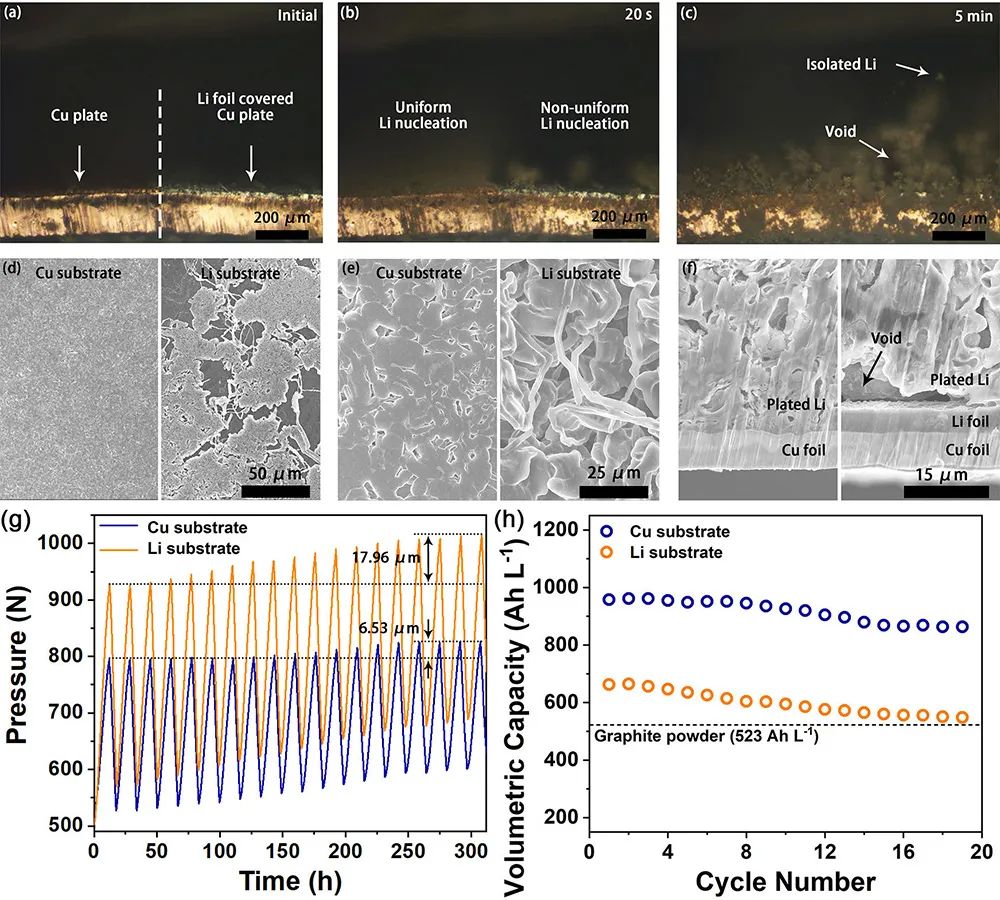
Figure 4. (A-F) microcontrol means observe the appearance of lithium deposition. (G, H) In situ pressure monitoring the volume of the battery.
In addition, the problem of volume energy density (VED) of metal lithium batteries is rarely concerned in previous research work. This is because metal lithium (li) has a high mass ratio (3860 AHKG⁻¹), and the quality and energy density (GED) of lithium metal batteries (LMB) is much higher than that of lithium ion batteries (LIB). As a result, most LMB -related research uses significant excessive Li to achieve a longer cycle life, ignoring its negative effect on volume energy density (VED). The lower density of li causes its volume ratio to not exceed three times the lit negative (LIC₆); therefore, when the A/C (negative electrode/positive pole) ratio of more than 2.87, the VED of LMB will be lower than LIB (Figure 3A). In addition, in practical applications, the lithium deposition of the branches causes the pore rate of the lithium negative electrode to exceed 50%, which significantly exacerbates the expansion of LMB and further reduces the VED of LMB (Figure 3B). Through the differences in the deposition of LI's deposition behavior on different bases, the Researchers of the Sofi Minamin further revealed the negative impact of lithium metal batteries due to the use of lithium foil on the battery VED, and proved that AF-LMB compared to ordinary lithium metal batteries in the ordinary lithium metal battery in the The volume energy density has congenital advantages. First of all, the introduction of additional li will significantly increase the battery volume, and the density of the density of the density of li on the lithium base is not as good as the bottom (3C, D) of the copper base, which will further exacerbate the volume expansion, resulting in serious losses of the battery VED. AF-LMB does not have the above problems. It can reduce the loss of VED when li is more efficient. Whether it is a more uniform li deposition (Figure 4A-F) or a smaller volume change in place pressure monitoring (Figure 4G, H) in place, it proves the higher VED of AF-LMB. In addition, the newly designed ultra -thin lithium foil semi -battery can measure the efficiency of LI circulating on the lithium foil, which is slightly lower than the efficiency of LI circulating on copper foil (Figure 5). More importantly, the original dense lithium foil in the negative pole side of the LMB will be continuously used and fascinated into a high-pore rate dead lithium during the cycle, resulting in the continuous expansion of the LMB volume and the loss of VED, while AF-LMB will not be (Image 6). Therefore, AF-LMB is undoubtedly a more advanced energy storage system than ordinary LMB, which is more worthy of focusing on development. The work is published in Adv. Mater. Figure 5. Kuron efficiency cycles of lithium in LI matrix and CU matrix.
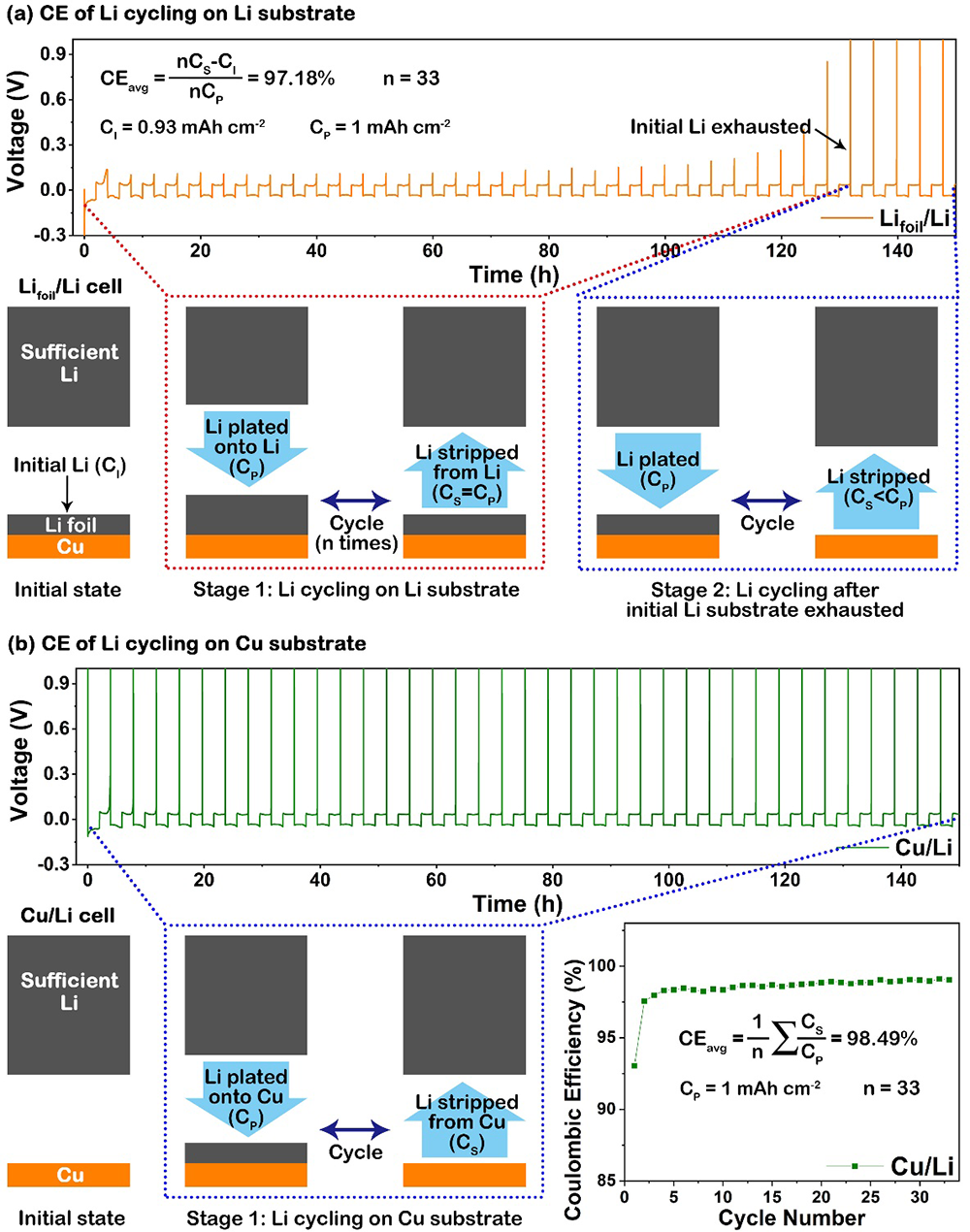
Figure 6.lMB and AF-LMB During the continuous cycle of volume changes.

The research work has been supported by the National Natural Youth Fund (22109174), post -doctoral fund (2019M660845), and the support of Beijing Clean Energy Materials Testing and Diagnosis and R & D Platform and Beijing Clean Energy Frontier Research Center.
Edit: Tibetan idiot
- END -
Too embarrassing!Musk has been fired by many employees "forced the palace"!600 billion yuan of wealthy technology divorce, how to divide the property?

There are many people who are right and wrong. Since the throne of the world's ric...
It turns out that women are the main group of translation machines?

The 2022 China Mainstream AI Translation Machine Competitive Development Report st...